In ancient Egypt and Rome, the daybed was a place to relax, eat, and socialize, all while reclining. That explains why one daybed can serve as a bench, a sofa, and yes, as a bed, in any given day. Comparable in size to a twin bed, the day bed typically has one or two arms and either a partial or no back (differentiating it from a settee). Supremely versatile, a daybed can provide a stylish perch for intimate conversation over tea, a place to settle in with a good book, or a cozy locale for an afternoon nap, not to mention a sofa or bed alternative. Get tips for how to use one below.
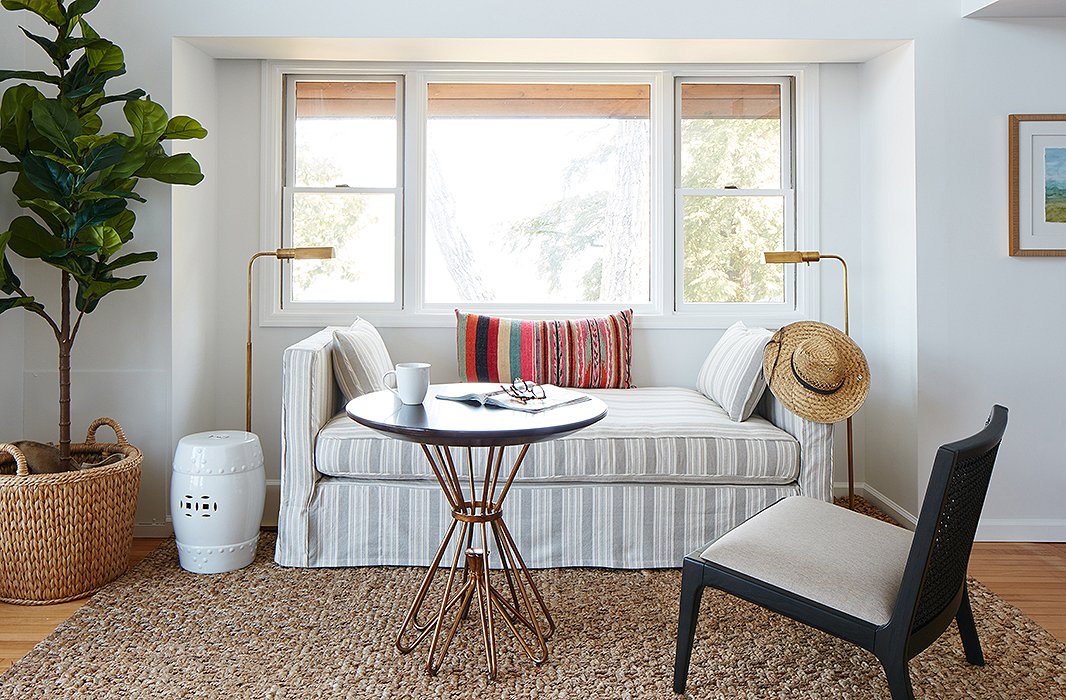
Find the Shaw daybed here. Room by One Kings Lane Interior Design; photo by Mark Weinberg.
Tuck into an Entryway or a Landing
A bench is usually the go-to option, but a daybed makes a wonderfully unexpected addition, providing both style and function in spades. Shapely versions, such as the graceful curves of an English Regency rendition, can turn a relatively small space into a photo-worthy vignette.
Create a Window Seat
When a custom built-in window seat isn’t in the cards, consider a daybed instead. It provides an ideal lounging spot for soaking up sunlight with none of the commitment of built-ins. A daybed under a window can also be a great way to add extra seating without blocking precious sunlight, thanks to its low profile.
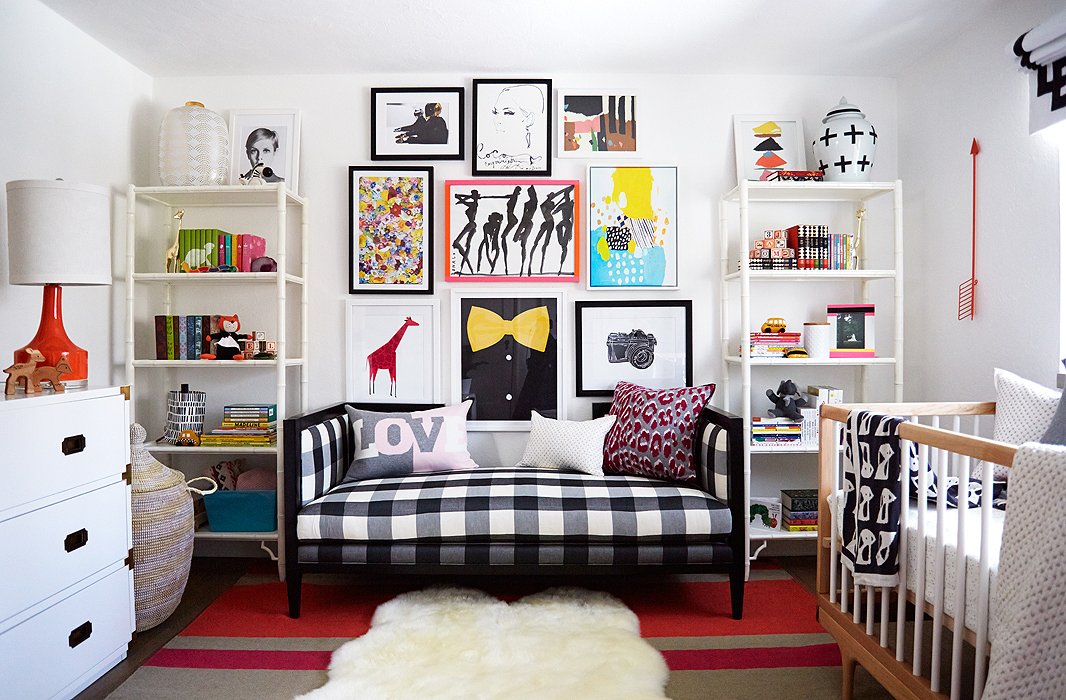
Photo by Manuel Rodriguez.
Add to a Nursery
Let’s face it: You’ll probably find yourself sleeping in your little one’s room on more than one occasion. A daybed lets you do so in comfort and style. It’s also a great place to nestle with your child during story time (or any other time, really).
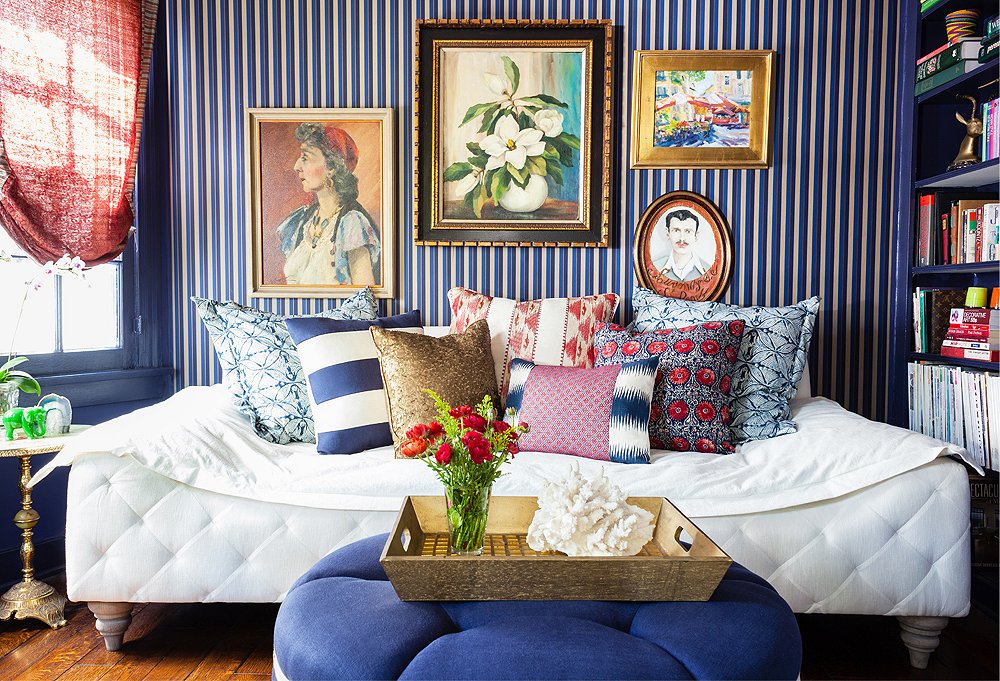
Find the Birger daybed here.
Make a Study Multifunctional
A small study or den can also serve as an impromptu guest room, or a spot for a recharging nap, with the addition of a daybed. The clever application of throw pillows allows this quick-change piece to deliver the looks of a sofa with the capabilities of a twin bed.

Room by Mark D. Sikes; photo by Joe Schmelzer.
Float Your Options
A pair of finished ends means a daybed looks great from any angle and doesn’t need to be up against a wall like most standard beds. The option to float one in the center of the room gives you added flexibility when it comes to furniture layout. A shapely version is more than worthy of being the centerpiece of a guest room.
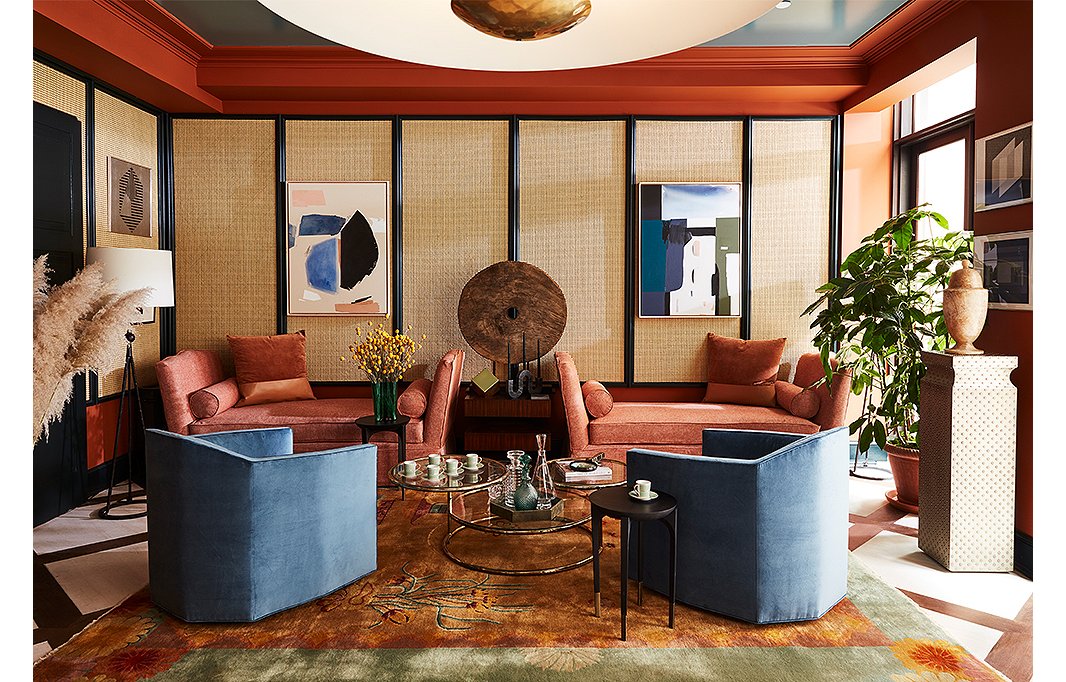
Room by One Kings Lane Interior Design; photo by Frank Tribble.
Try an Inventive Layout
For a novel take on a living room layout, consider using two daybeds as stand-ins for the more standard sofa-and-facing-chair layout or subbing two daybeds for one large sofa or sectional. Their open shape keeps the eye moving straight through a space, creating a more airy feeling that’s ideal for entertaining.
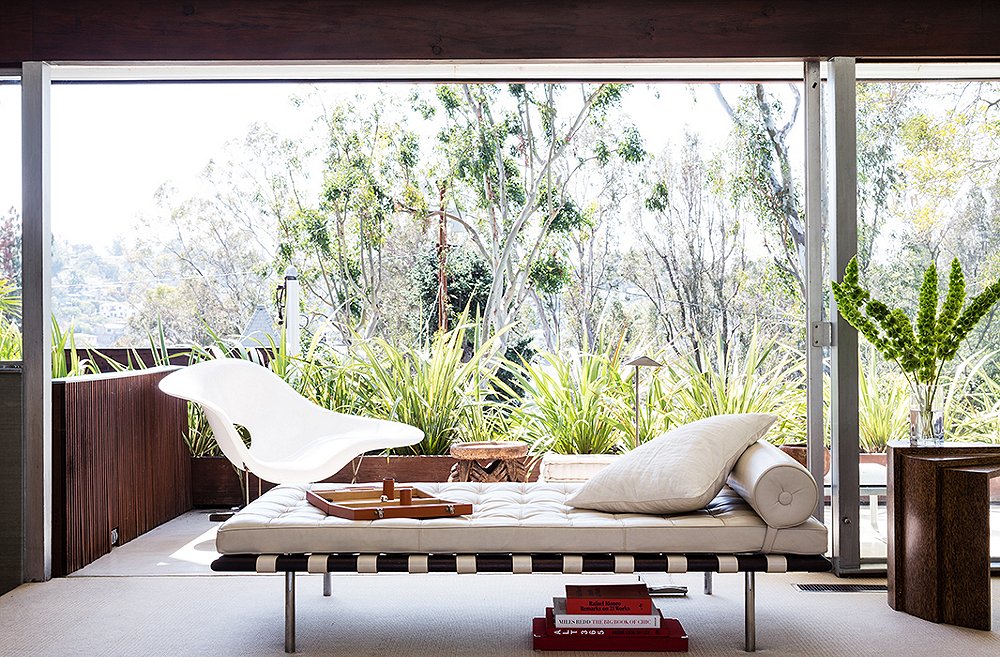
Room by David Netto; photo by Nicole LaMotte.
Add a Modern Moment
A flat daybed without adornments—in tufted leather for the ultimate élan—is a bold statement in modernity. Although it originated in the middle of the past century, it feels as fresh as if designed last week. We love to either match one with mod decor or create unexpected drama by placing one in a more traditional, ornate space.
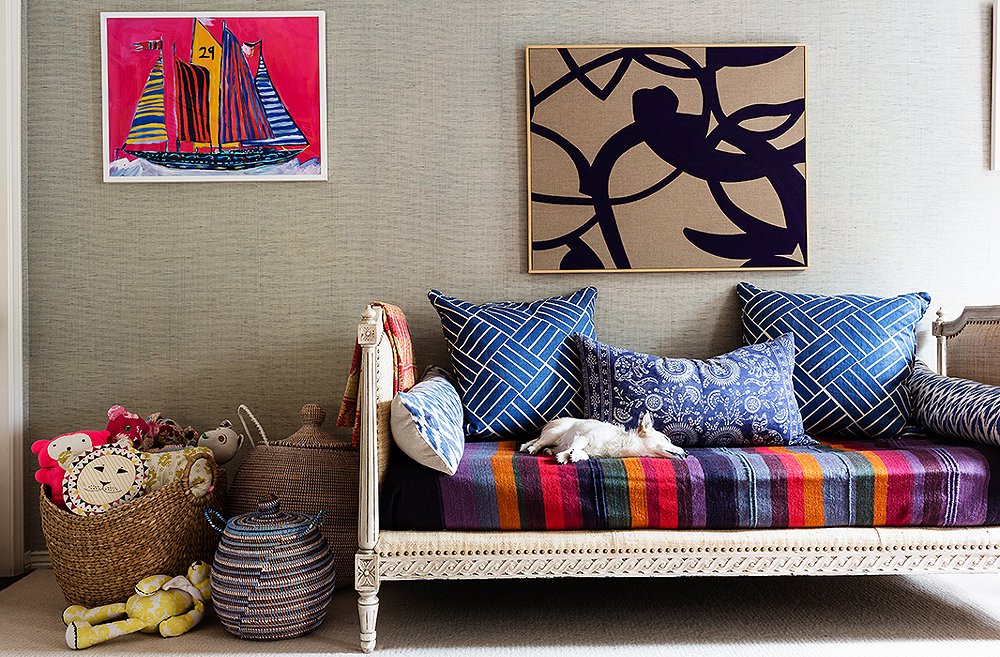

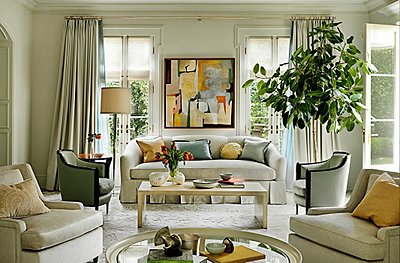
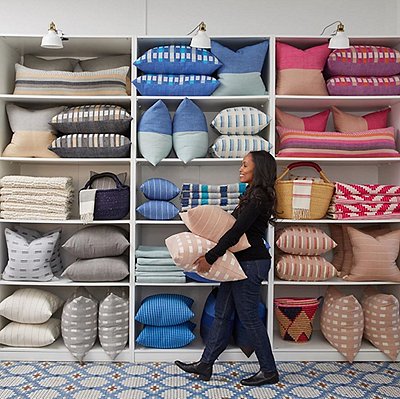
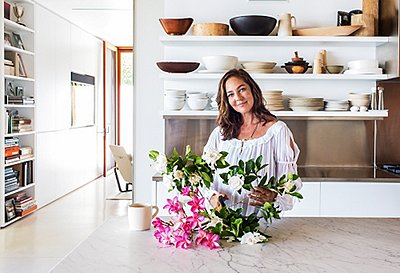
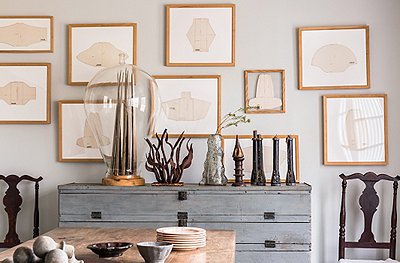
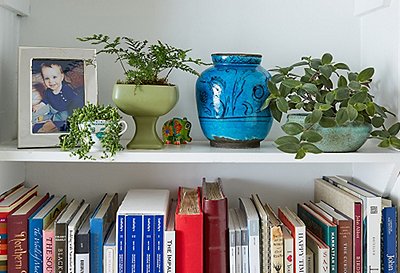
Join the Discussion